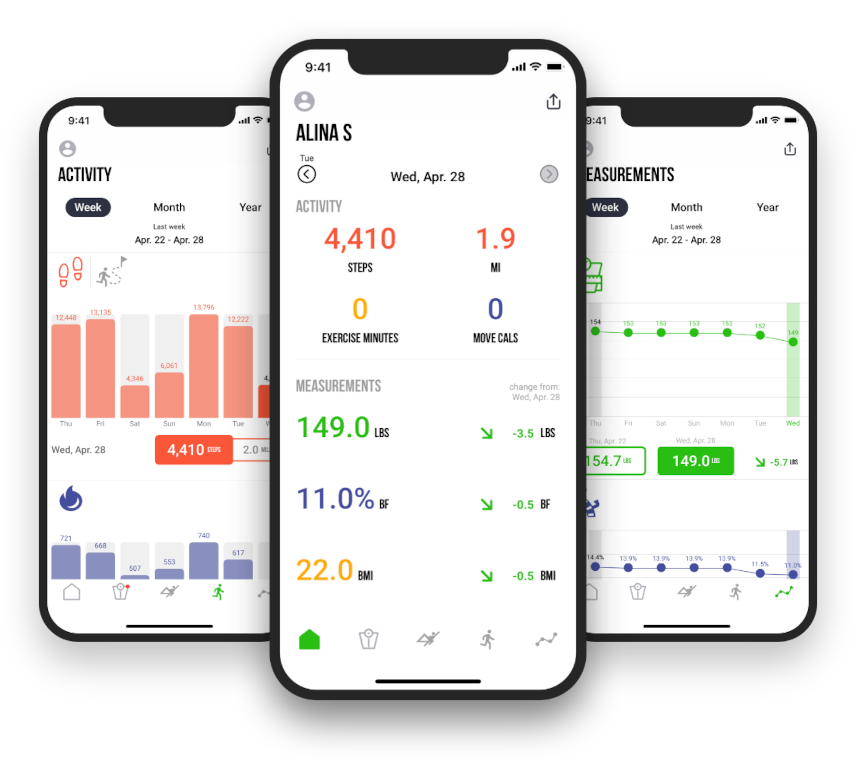A basic understanding of how the throat works can help prevent or rectify that blight of aqua instructors, inflammation of the vocal cords.
Like instructors of many forms of group exercise, most aqua instructors and personal trainers don’t think about looking after their throats until their voices start to fail. And to make matters worse, when trying to remedy the problem many will actually reinforce bad habits!
Good voice to ouch!
Have you ever wondered why your strong powerful voice has got a little husky – not necessarily sore, but raspy?
The reason is inflammation of the vocal cords. I strongly recommend you view some videos on YouTube regarding the anatomy of the vocal folds (or cords) – both weird and fascinating at the same time.
So how does it happen? A basic understanding of the anatomy of the throat will provide some insight into how the problem may be rectified.
Addressing anatomy
The larynx and the vocal folds are the ‘working’ bits of the throat that enable you to speak. Like all muscles, the larynx and vocal folds have a set of nerves that activate the ‘motion’ to create sound.
The lungs are a reservoir of air. Fill them from the diaphragm, not from the upper shoulders, and don’t gasp for breath. Participant-wise, the hydrostatic pressure (particularly in the deep water) may place an extra burden, especially on those who present with a lung condition such as asthma. All instructors should incorporate prone or supine exercises that allow the pressure of the water off the chest.
The voice box is a transformer of air to energy – don’t shout from the neck.
The mouth and nasal cavities are resonators – use them like a megaphone.
Instructor techniques
Bending down to eye level is an ideal instructor tool to communicate and connect with aqua participants. It’s a very simple, yet effective, strategy for ‘saving’ your voice. If you don’t already employ this technique, give it a go.
Demonstrate BIG. Emulating water movement on the pool deck will help get your message about the movement across to participants much more effectively than yelling. The large body movements alert participants to the intensity and technique required to perform the move appropriately.
| The Do’s and Don’ts of good voice practice |
|---|
| DOYawn. It may sound silly, but five large slow yawns are more effective than clearing your throatRepeat a soft ‘H’ while smiling – just feel the vocal area widenKeep hydratedVisit a speech therapist or singing teacher to learn how to correctly activate the diaphragmLearn and implement effective visual cuesOpen the vocal tract – lips, mouth and throat. Practice articulating your words clearlyCarry something with you to remind you to practice great voice habits. DON’TClear the throat – it’s an ‘abrasive’ action on the vocal cordsShriek – pitch control is effective on the sound system, and even more important for the instructor’s voice!Eat lozenges – whilst the eucalyptus and menthol lollies seem soothing for the throat, lozenges are not great for the larynxDrink really cold beverages, especially sugary soft drinks. |
Jennifer Schembri-Portelli, aka ‘JSP’, has been active in the personal training and aquatic industry for over 25 years. A skilled and creative presenter, she also founded Water Exercise Training Service (WETS), an education provider whose aqua and personal training qualifications are now delivered in partnership with AUSTSWIM. wets.com.au

